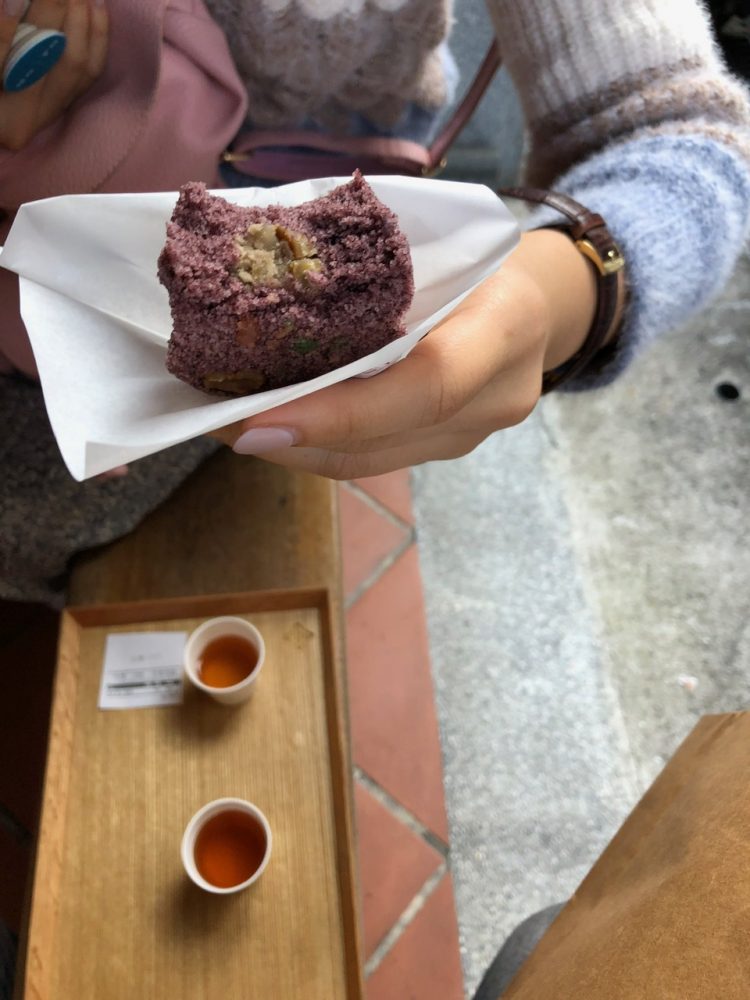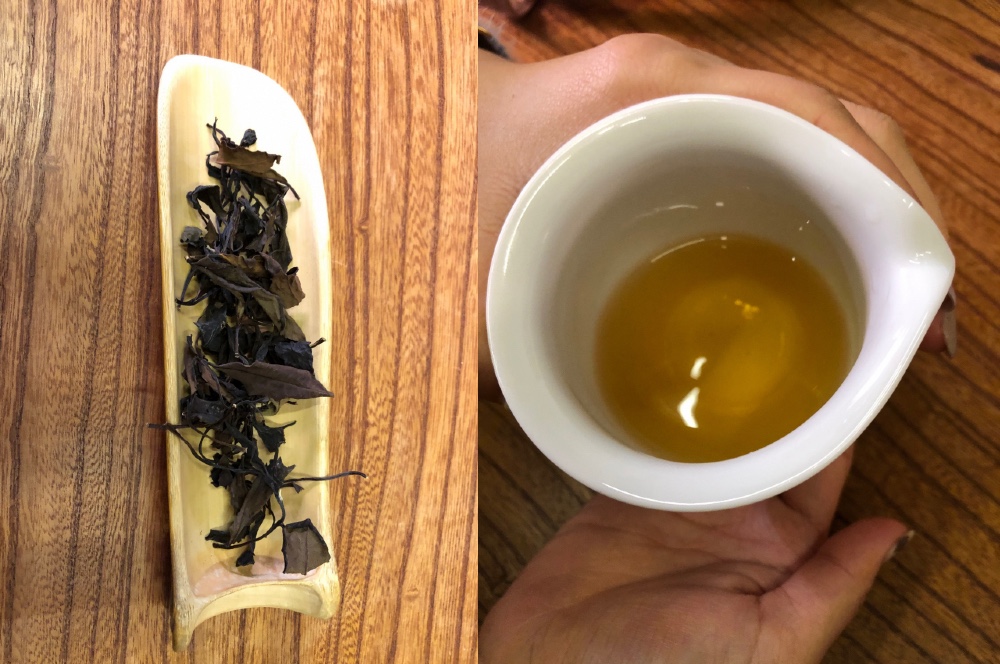To travel, or not to travel, that is the question. In face of the pandemic, my answer to that question is unlikely. The inability to travel got me reminiscent of my most recent oversea trip: a two-week vacation to Taiwan back in December 2019. And as I oscillate between feeling happy (oh, it was so much fun!) and regret (if I had known COVID-19 was going to happen, I would have…), I want to take the opportunity to share one of my favorite spots in Taipei.
Dadaocheng and its Port City glory
Taipei, the capital of Taiwan, is a modern metropolis with its share of skyscrapers, restaurants, and department stores. But there is a neighborhood that takes you back to another era in time. It is Dadaocheng (大稻埕). To Tai-bei-ren (Taipei people), the neighborhood is best known for its main avenue: Dihua Street (迪化街). It is the premier spot to buy dried delicacies that range from scallops to mushrooms to spices. If you were to come the weeks preceding Chinese New Year, you will find the street packed with people stocking up traditional Chinese foodstuffs for Lunar New Year’s feasts.
There is, however, more to Dadaocheng then Dihua Street. The origin of the name Dadocheng pays tribute to its agricultural origin—”Dao” (稻) means rice grains and “Dacheng” are machines used to dry rice. The village then became a small city at the end of the 18th century due to the opening of Danshui Port (淡水港) and soon became famous for exporting tea. Today, the place hints of its former port city day glory, presenting a unique blend of old and new, East and West. You will find a delightful collection of historic buildings, tea shops, clothing shops, Chinese herbal medicine shops and local food stalls all easily accessible by walking.

FYI #1, Taiwan has done an amazing job managing COVID. Despite its proximity to China, Taiwan has kept its total case count to under 500. The worldwide total case count is 28.8 million as of today.
FYI #2, the best way to get to Dadaocheng is by taking the Taipei Metro and getting off at one of these three stops: (1) Shuanglian (雙連) Station/Red Tamsui-Xinyi Line, (2) Beimen (北門) Station/Green Songshan-Xindian Line, or (3) Daqiaotou (大橋頭) Station/Yellow Zhonghe-Xinlu Line.
Here are some of my favorite shops (pastries and tea only for this post), curated by Yours Truly!
Authentic Japanese Sweets
Wagashi 滋養製菓 (No. 247, Section 1, Dihua St, Datong District, Taipei City, Taiwan)
Founded in 1953, Wagashi (滋養製菓) makes traditional Japanese sweets (wagashi or 和菓子) using only high-quality, natural ingredients. Hence Kanji characters 滋養 means “suitable for nourishment.” These sweets are often enjoyed in combination with a cup of green tea. Typically, sweet azuki bean paste (anko, or red bean paste) is a central ingredient. Wagashi uses premium red beans from Pingtung (屏東) County in Southern Taiwan. Other common ingredients for wagashi include sesame paste and chestnuts.
My all-time favorite is the Strawberry Daifuku: mochi wrapped around sweet red bean paste and fresh strawberry.

Traditional Cakes with a Twist
Ho Hsing 1947 合興壹玖肆柒 (No. 223, Section 1, Dihua St, Datong District, Taipei City, Taiwan)
Ho Hsing elevates traditional Chinese sweets from provincial snacks to modern, bite-sized elegant pieces of art. Its signature is the Chinese sponge cake (鬆糕 song gao), a rice-based steamed cake that originated from Chinese Zhejiang Province.

The Ultimate Perfect Cup of Tea
Gallery Life Seedling 綻堂・時光 (No. 302, Section 1, Dihua St, Datong District, Taipei City, Taiwan)
Situated in the former residence of Imperial Physician Puyi (溥儀御醫舊宅), Gallery Life Seedling takes the art of tea drinking to a whole new level. I was introduced to a tea tasting feast where exquisite attention went into everything, from tea leaves to teaware to tea making. In addition to the better-known Chinese tea varieties like Oolong and Chinese greens, you will find rare leaves from Taiwan native tea species. I will save my detailed report on the experience for a future post.


